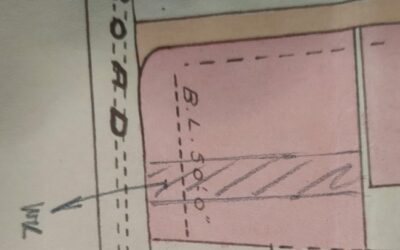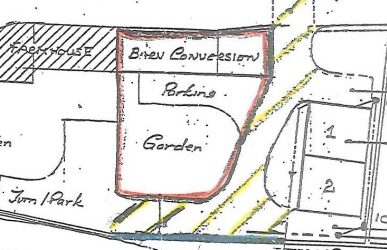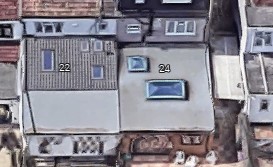Land Registry boundaries …. normally
The Land Registry Title Plan must not be used to try to decide the location of any boundary. That is not the purpose of the Title Plan. The Land Registry Title Plan is intended to show only General Boundaries as a public record of, in general terms, who owns what.
‘General Boundaries’ are as described in Section 60 of The Land Registration act 2002 as follows:
- The boundary of a registered estate as shown for the purposes of the register is a general boundary, unless shown as determined under this section.
- A general boundary does not determine the exact line of the boundary.
But what about a Land Registry ‘Determined Boundary’?
So, normally, Land Registry boundaries are not definitive regarding the location of the legal boundary and, in fact, must not be used for this purpose. The exception, however, is a boundary which has been registered with Land Registry as what is known as a ‘Determined Boundary’.
A Determined Boundary is absolutely definitive as to the location of the legal boundary. An application can unilaterally be made by either party but generally a Determined Boundary is applied for, and created, following the agreement of both parties in order to fix and finalise an agreed boundary location. Probably, generally, an application of this type by just one party is likely to be legally challenged by the other party.
What’s involved to register a Determined Boundary?
The Land Registry’s requirement for a Determined Boundary are described with their Practice Note 40. These requirements include the need for a plan certified by the Surveyor as accurate to a tolerance of not more than 10mm from permanent fixed physical features or permanent ground markers. This level of accuracy is difficult to achieve with regards to boundary measurements taken from fixed physical features to, for example, a new timber fence, neither of which, in reality, are likely to be constructed to that level of accuracy. However, regardless of practicalities and real-life relevance for a boundary line, this is the requirement.
Do I need a Determined Boundary?
There is very well respected, expert legal opinion that, in fact, there are limited additional benefits of a Determined Boundary compared with a more straightforward, and less costly, boundary agreement, which can still be registered with Land Registry
So, the answer does seem to be “no”, that probably you don’t need to go the lengths and costs of a Determined Boundary. It is likely that probably a more standard boundary agreement will suffice to formalise an agreement between neighbours regarding the location of a boundary.
How Smith Marston can assist
Philip Smith deals with boundary dispute matters for Smith Marston. Philip has well over 20 years of experience of boundary disputes and is an RICS Accredited Expert Witness surveyor for boundary matters. This service is offered nationally from our various regional offices.




